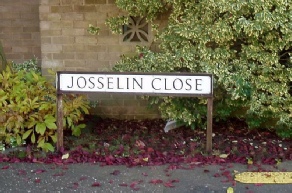
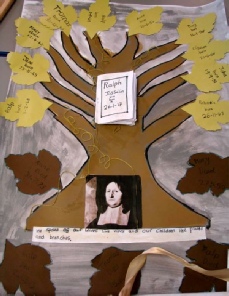
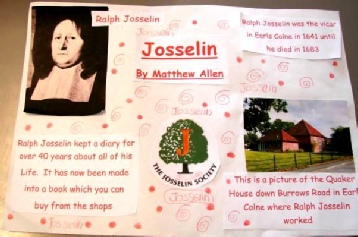

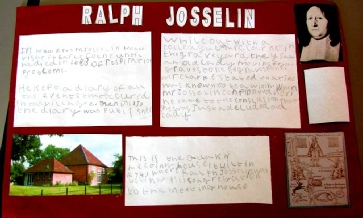
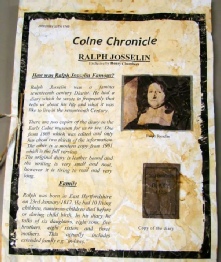
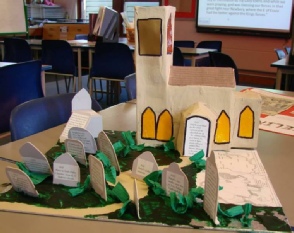
Josselin – Red House
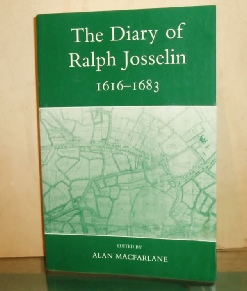
The Reverend Ralph Josselin became Vicar of Earls Colne in 1640 and, from then until his death in 1683, he kept a daily record of events in the village and beyond.
A full edition of the Diary was published in 1970 and has become a valuable source of information for students of social history all over the world


Ralph had already adopted strict Puritan beliefs, so one of his first decisions as Vicar, was to remove all religious pictures and stained glass from the church.
Without such distractions, his congregations had to endure his long sermons as his Diary tells us in November 1645.
“It was wet in the morning, so we went not to church until eleven and I continued preaching until sun was set.
It’s not surprising that more and more villagers started to leave the Church of England and join the growing group of Quakers.
They soon had enough support to build their own Burrows Road meeting house in 1674, one of the earliest in Essex and still used regularly today.
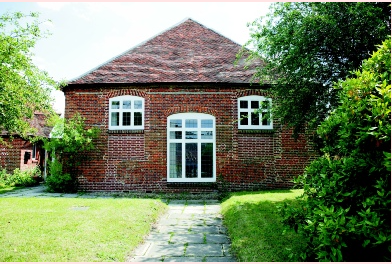
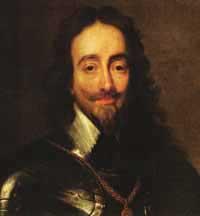
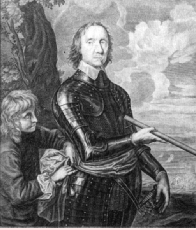
Ralph Josselin’s diary gives many details about the events of the Civil War, when troops loyal to King Charles the First were fighting a Parliamentary army led by Oliver Cromwell. On one occasion, Earls Colne became accidentally involved in the conflict.
A troop of Royalist soldiers, led by Sir Charles Lucas, were on their way to Colchester via Braintree but were forced to make a detour through Halstead and Earls Colne. Ralph, who was a supporter of Cromwell, takes up the story:
“On Monday morning, the enemy came to Colne, were resisted by our town men. No part of Essex gave them so much opposition as we did. They plundered us – and me in particular – of all that was portable except brass, pewter and bedding.”
We have no way of knowing what he would have thought about people all over the world studying his private thoughts three hundred years later but at least has not been forgotton in the parish, that he served for over fourty years. When new houses were built on the former site of his Vicarage in the 1980’s one of the roads was given his name – ‘Josselin Close’.
